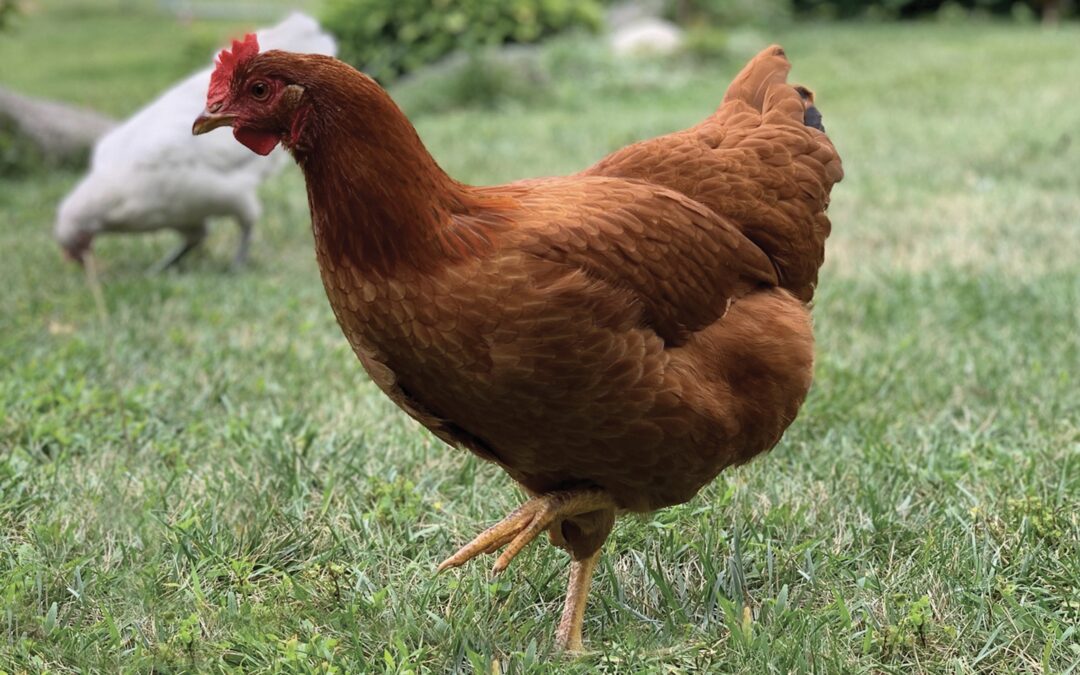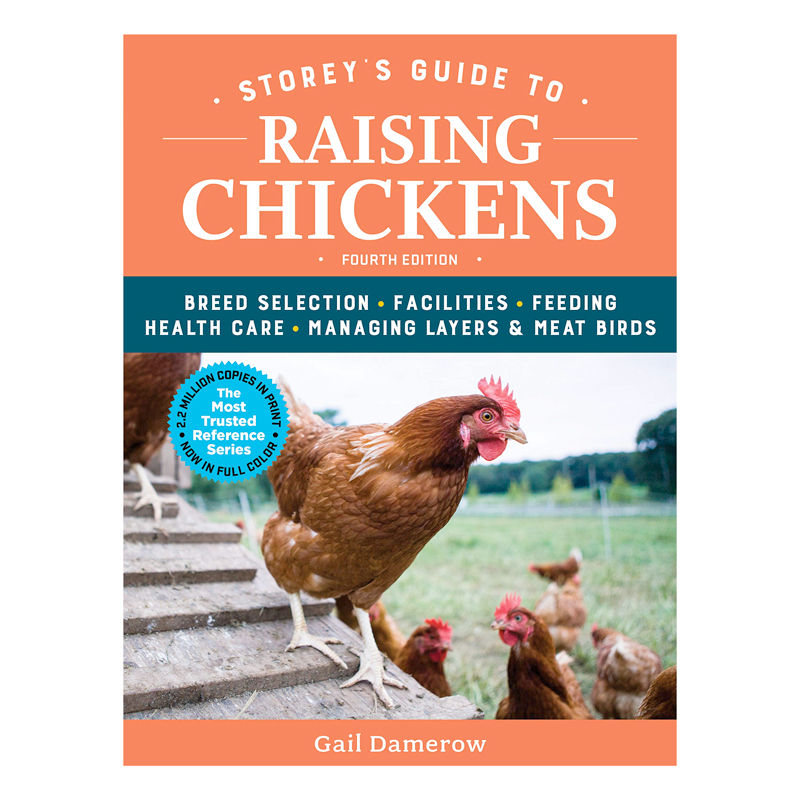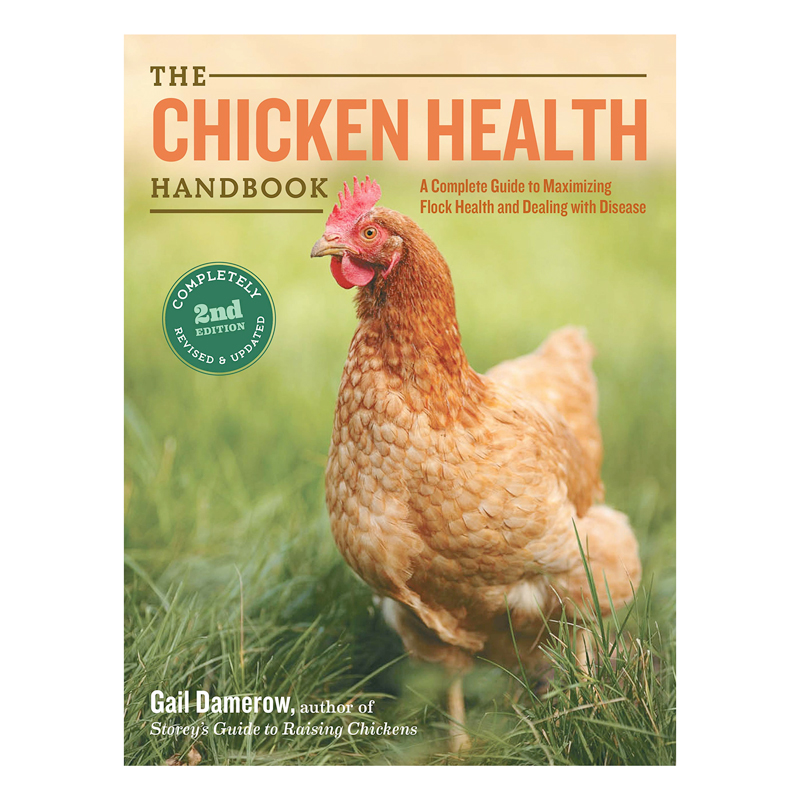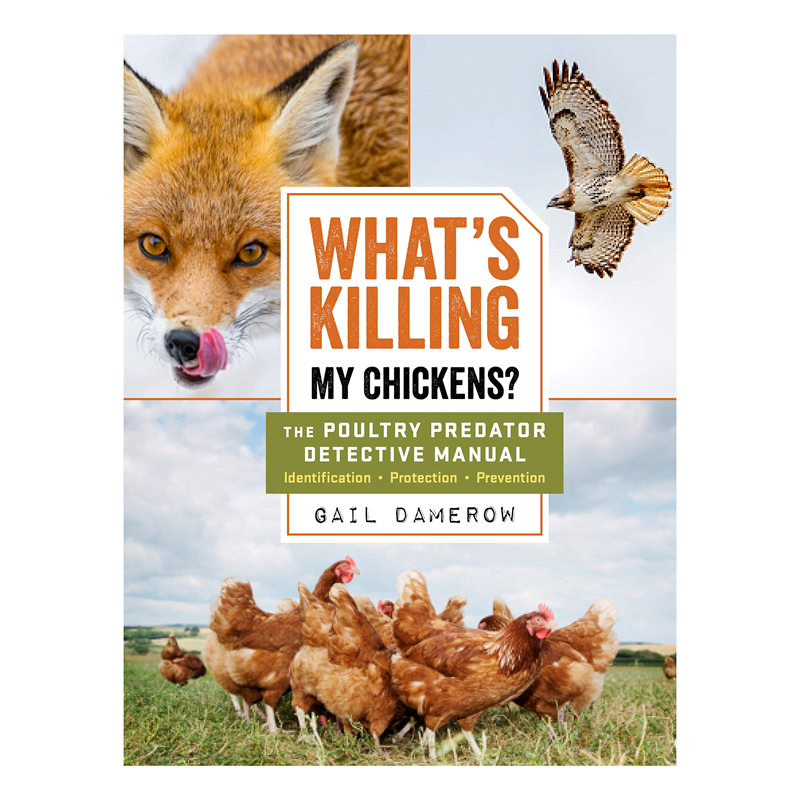How long have you been keeping chickens?
“I started keeping chickens in 1970. While looking for my first house, I wanted a place that was zoned for chickens. As luck would have it, the place I bought came with chickens already installed,” she explains.
“There was such a variety of breeds, the previous owners must have started with a hatchery assortment. But I knew only red hens, like my grandmother had, so that started me down the path of learning about chicken breeds and all that goes with keeping poultry.”
Which breed is your favorite for meat?
“One of the things I like about sustainable Heritage breeds like Reds and Plymouth Rocks is that they are dual-purpose, suitable for both eggs and meat. When we hatch chicks from our own eggs, we put the surplus roosters to good use as our family’s main source of meat.
“However, when it comes to a strictly meat chicken, you can’t beat the Cornish Cross for a compact, meaty bird that looks good on a platter. For holiday meals, I prepare the Cornish comparably to a whole roasted turkey, only much more moist and flavorful. Every year, I raise a couple Cornish Cross for the freezer. I like that they finish in just a few weeks.”
Which breed do you like best for eggs?
“I’m partial to reds. Rhode Island Reds lay better than New Hampshires, and were likely my grandmother’s egg-laying breed. Nonetheless, I favor the look and temperament of New Hampshires,” she shares.
“Having said that, I have to admit that one of my top favorite chicken breeds is the Barred Plymouth Rock. They are such a nice all-around breed in terms of temperament and egg laying. They were the first Plymouth Rocks admitted to the Standard of Perfection in 1874.
“However, we also keep pearl guinea fowl on our farm. So, to avoid the monotony having all gray poultry, this year I opted for Buff Plymouth Rocks. They were admitted to the Standard in 1894.
“Buff Rocks are basically the same as Barred Rocks, except in plumage color. They are also slightly smaller, which appeals to me. The smaller size means they eat slightly less layer ration, which is getting more expensive all the time,” Damerow explains.
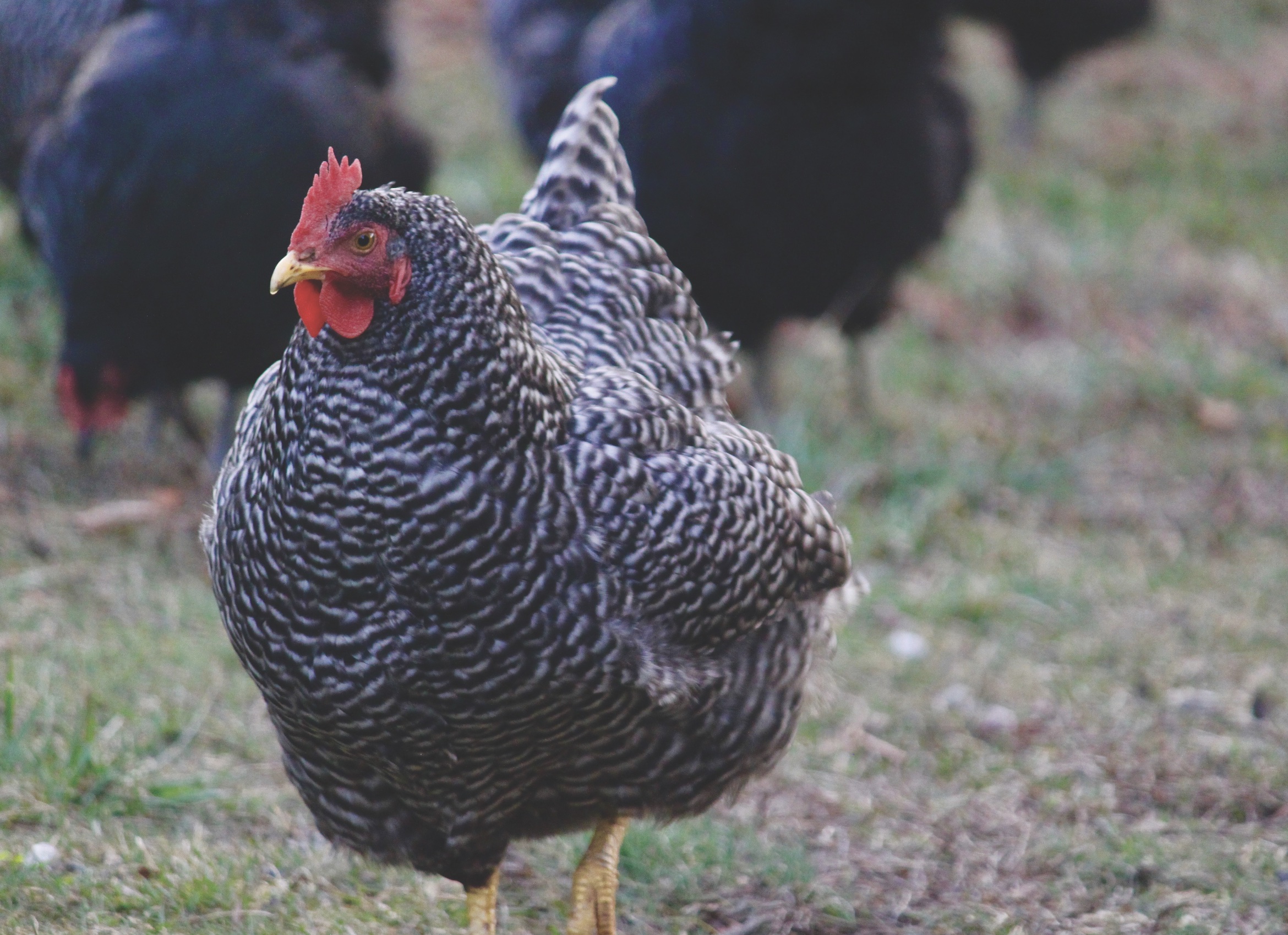
Do you have a fun favorite breed?
“Without a doubt, that would be silkie bantams. They are tiny birds with big personalities. And they come in a good assortment of plumage colors to choose from.
“Silkies are naturally friendly and therefore require little training to become pets. Because of their fluffy, fur-like feathers they look, and in fact are, quite cuddly.
“Silkies have other characteristics that make them interesting, such as turquoise earlobes, black skin, feathered feet, and five toes. Most chickens have four toes,” Damerow says.
“Our Silkie hens tend to lay when our other layers are taking a break, which is nice. But they take more frequent breaks from laying than our other hens, because Silkies easily go broody. That’s fine with me, since it means we get more Silkies.
“Silkies spend a lot of time foraging, although they are pretty conservative in not straying far from home base. Though they don’t fly well, they do roost…at least, ours do!
“A lot of people are under the impression Silkies are true bantams, meaning they don’t have a larger counterpart. But strictly speaking, that’s not true. A larger Silkie strain sells at Asian meat markets.
“When I acquired my first Silkies, I inadvertently bought a strain of white non-bearded meat birds. The typical meat Silkie dresses to about two pounds. By comparison, the live weight of bantam Silkies is about two pounds at maturity. When I finally got real bantam Silkies, I couldn’t get over how tiny they are under all that fluff.”
Any parting words about your favorite chicken breeds?
“It’s really hard to narrow down to just a few favorite chicken breeds. We have so many different breeds to choose from, and they come in so many different varieties, that I think anyone would be hard pressed to select one single favorite. It often comes down to what breed you had first. Or what color feathers appeal to you. Or what size birds best suit your available facility. And, of course, your choice also depends on your purpose in keeping chickens — whether for meat, eggs, or just for fun,” she says.
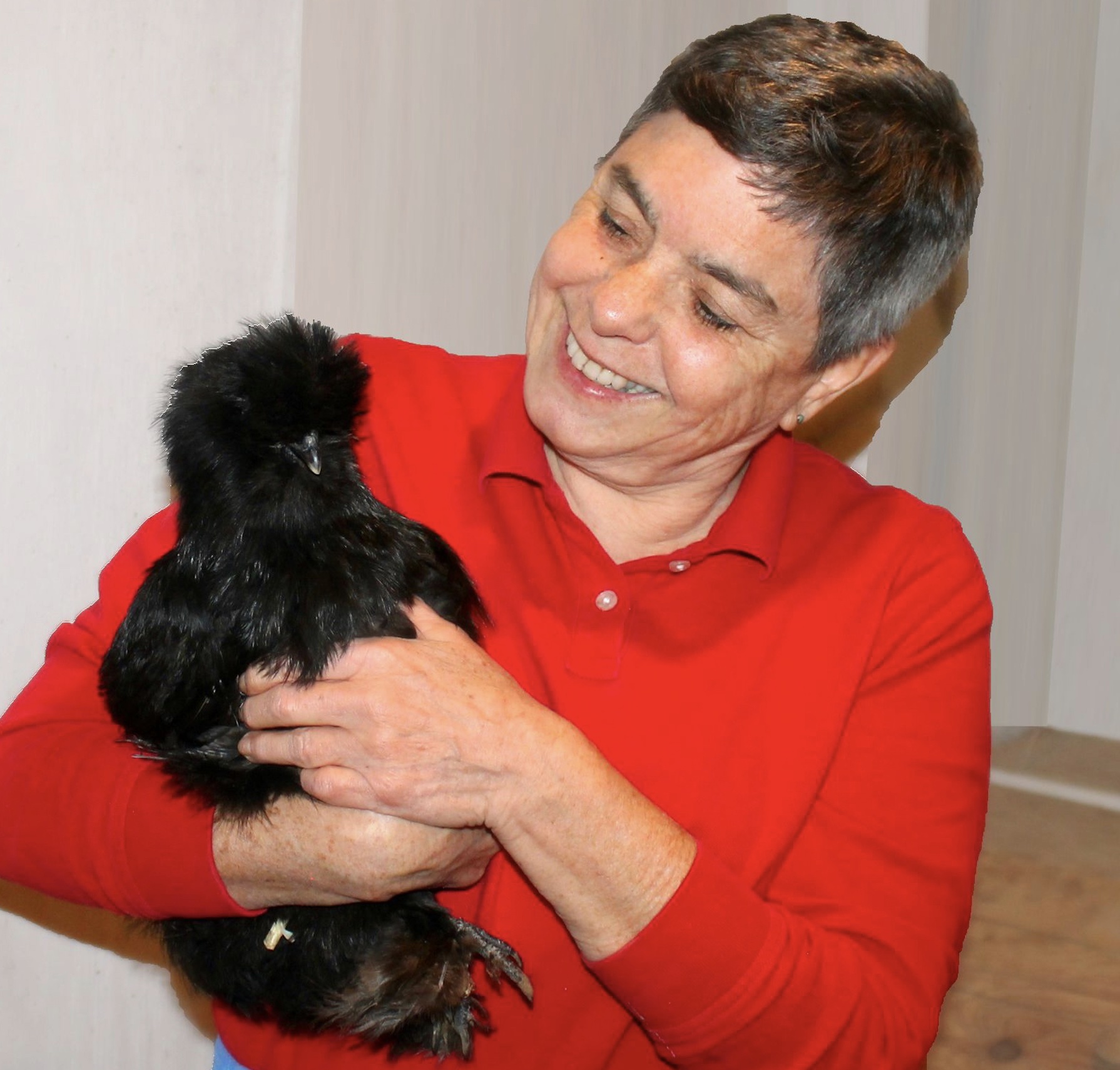

Gail Damerow has been keeping chickens for nearly 50 years and has written several books about them including Storey’s Guide to Raising Chickens, The Chicken Health Handbook, The Chicken Encyclopedia, Hatching and Brooding Your Own Chicks, and What’s Killing My Chickens. For more about Ms. Damerow, visit her blog at GailDamerow.com.
Gail Damerow’s headshot courtesy of Kathy Shea Mormino.
Photo of a Barred Rock courtesy of Erich Eberling.
Photo of Gail Damerow with a silkie courtesy of Kathy Shea Mormino.

